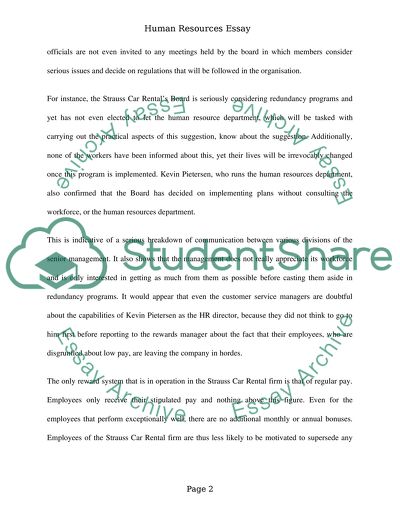Cite this document
(“The Strauss Car Rental Company. Reward management strategy Essay”, n.d.)
The Strauss Car Rental Company. Reward management strategy Essay. Retrieved from https://studentshare.org/human-resources/1642196-the-strauss-car-rental-company-reward-management-strategy
The Strauss Car Rental Company. Reward management strategy Essay. Retrieved from https://studentshare.org/human-resources/1642196-the-strauss-car-rental-company-reward-management-strategy
(The Strauss Car Rental Company. Reward Management Strategy Essay)
The Strauss Car Rental Company. Reward Management Strategy Essay. https://studentshare.org/human-resources/1642196-the-strauss-car-rental-company-reward-management-strategy.
The Strauss Car Rental Company. Reward Management Strategy Essay. https://studentshare.org/human-resources/1642196-the-strauss-car-rental-company-reward-management-strategy.
“The Strauss Car Rental Company. Reward Management Strategy Essay”, n.d. https://studentshare.org/human-resources/1642196-the-strauss-car-rental-company-reward-management-strategy.


